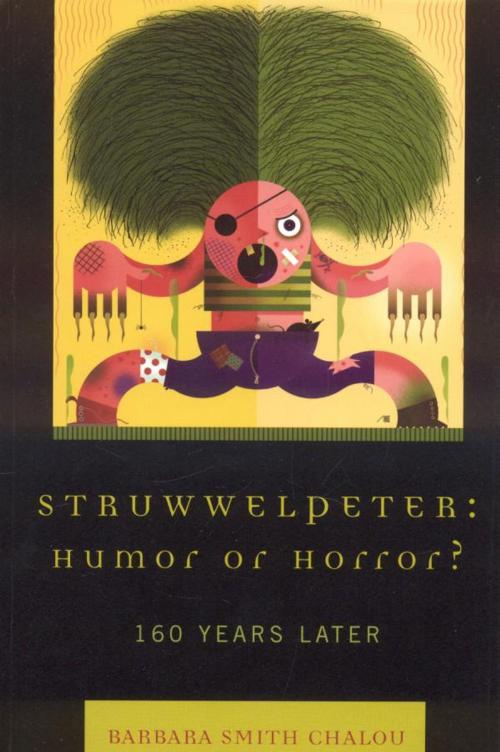Struwwelpeter: Humor or Horror?
160 Years Later
Fiction & Literature, Literary Theory & Criticism, Children&| Author: | Barbara Smith Chalou | ISBN: | 9780739161432 |
| Publisher: | Lexington Books | Publication: | December 20, 2006 |
| Imprint: | Lexington Books | Language: | English |
| Author: | Barbara Smith Chalou |
| ISBN: | 9780739161432 |
| Publisher: | Lexington Books |
| Publication: | December 20, 2006 |
| Imprint: | Lexington Books |
| Language: | English |
A recent upsurge in interest in Der Struwwelpeter, written by Heinrich Hoffman has initiated a new wave of spin-offs, parodies, and retellings of these immensely popular stories. Hoffman's style, which is instructive and moralistic, coupled with the sadistic content of his works lend a unique quality to the stories that we don't see in contemporary children's literature. Struwwelpeter: Humor or Horror? is a critical analysis of the now infamous Struwwelpeter stories. While Hoffman intended his depictions of amputated limbs and burning children to be humorous and to warn children against misbehavior, some find the punishments can be excessively vicious. Looking beyond the history of child rearing practices and children's literature, Barbara Smith Chalou considers the socio-historic context in which the book was written and makes comparisons to contemporary children's fare that is similarly violent, but intended to be humorous.
A recent upsurge in interest in Der Struwwelpeter, written by Heinrich Hoffman has initiated a new wave of spin-offs, parodies, and retellings of these immensely popular stories. Hoffman's style, which is instructive and moralistic, coupled with the sadistic content of his works lend a unique quality to the stories that we don't see in contemporary children's literature. Struwwelpeter: Humor or Horror? is a critical analysis of the now infamous Struwwelpeter stories. While Hoffman intended his depictions of amputated limbs and burning children to be humorous and to warn children against misbehavior, some find the punishments can be excessively vicious. Looking beyond the history of child rearing practices and children's literature, Barbara Smith Chalou considers the socio-historic context in which the book was written and makes comparisons to contemporary children's fare that is similarly violent, but intended to be humorous.















